Composting at Home
A great way to reduce your general household waste is to compost your kitchen waste. If you have a garden, you can start composting very easily, but options are available for people with paved yards or balconies too. There are many designs on the market to suit the smallest of spaces, many of which can take all kinds of food waste, including raw meat.
We’ve got some simple to follow tips for getting started with home composting and finding the right compost for your home.
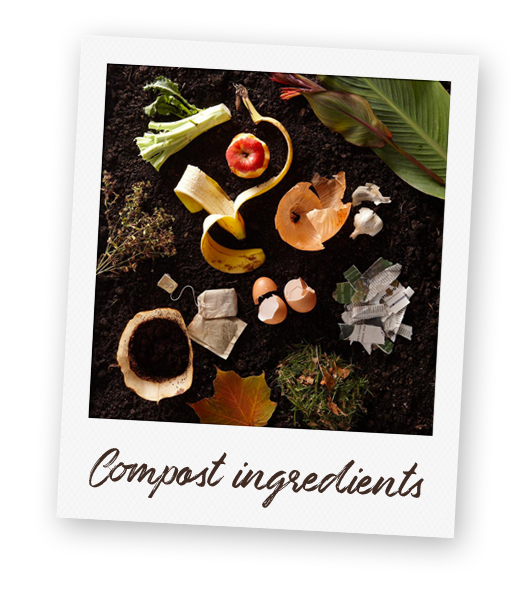
The Basics of Home Composting
Anything that has been a living thing can be composted. However, what you can put in your compost depends on the type of system you use. Whilst we advocate composting all your kitchen waste, including cooked food and animal products, not all systems are equipped to compost them effectively. Animal products, such as meat, fish, and dairy, and cooked food attract vermin and flies, and animal products, especially meat, need high temperatures to decompose safely. Have a look at the different compost types below to see what can go in different types of bins.
Maintenance of your compost depends on the type of bin you have. Kitchen food scraps generally have a high water content so too much of this stuff can turn your compost wet and smelly, and stop it from working properly. You need to ensure there is balance between wet and dry ingredients. Add ripped up egg boxes, paper and cardboard, but not the plastic coated or glossy kind. Straw and woodchip is a good addition too, if you can get a hold of them. These kinds of dry ingredients help aerate the compost and also absorb excess water.

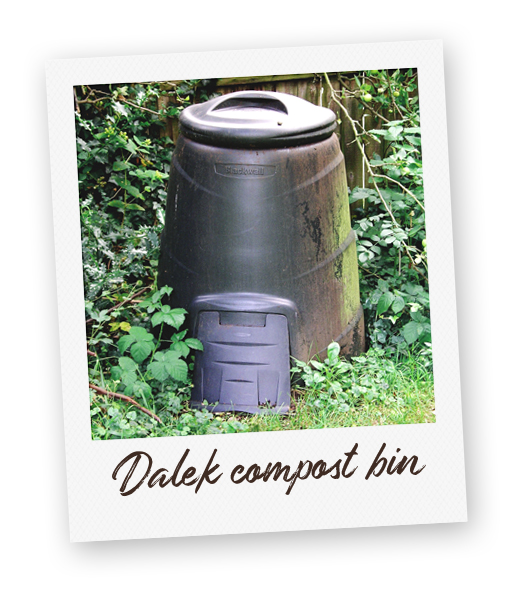
Some Compost Types
Dalek
The most common option is a plastic “dalek” compost bin. They are widely available at garden centres and DIY shops and are not expensive, generally costing less than £30. The ideal place for your dalek bin is on natural ground in a shaded spot in your garden. If worms don’t appear naturally into your compost, you will need to source them elsewhere (see links).
Suitable for: Gardens of all sizes.
What to put in: Uncooked kitchen waste, garden waste.
Maintenance: Requires regular turning with a garden fork, and mixing in of dry materials, such as paper, cardboard, straw, woodchip.
Pros: Cheap. Easy to use.
Cons: You can’t put in all kitchen waste. Activity slows down in cold conditions. Not rodent proof.
Liverpool City Council provides Liverpool residents with exclusive offers on home compost bins. See more here.
Open Heap
The traditional open heap system is either a pile of compost or a three or four-walled pallet frame that you can set up in a corner in your garden. Worms should appear in the heap naturally but if your soil quality is poor, you might have to source them elsewhere (see links section at the end). Keep the heap covered with sheets of cardboard or an old carpet to keep the heat in and prevent it from drying out from too much sun.
Suitable for: Medium to large gardens.
What to put in: Uncooked kitchen waste, garden waste.
Maintenance: Requires regular turning with a garden fork, and mixing in of dry materials, such as paper, cardboard, straw, woodchip.
Pros: Cheap. Easy to use.
Cons: You can’t put in all kitchen waste. Not rodent proof.
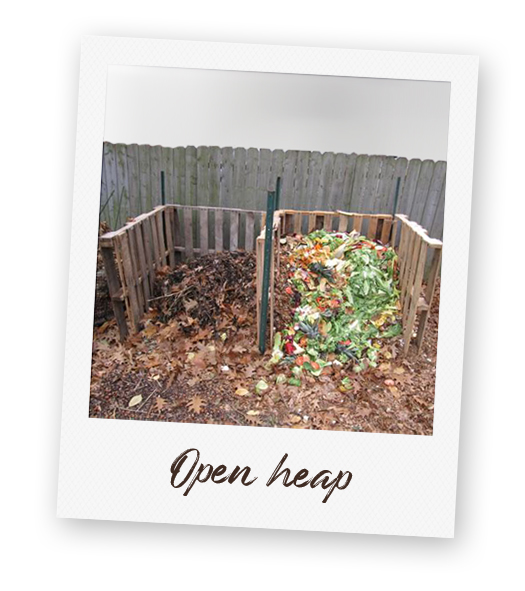
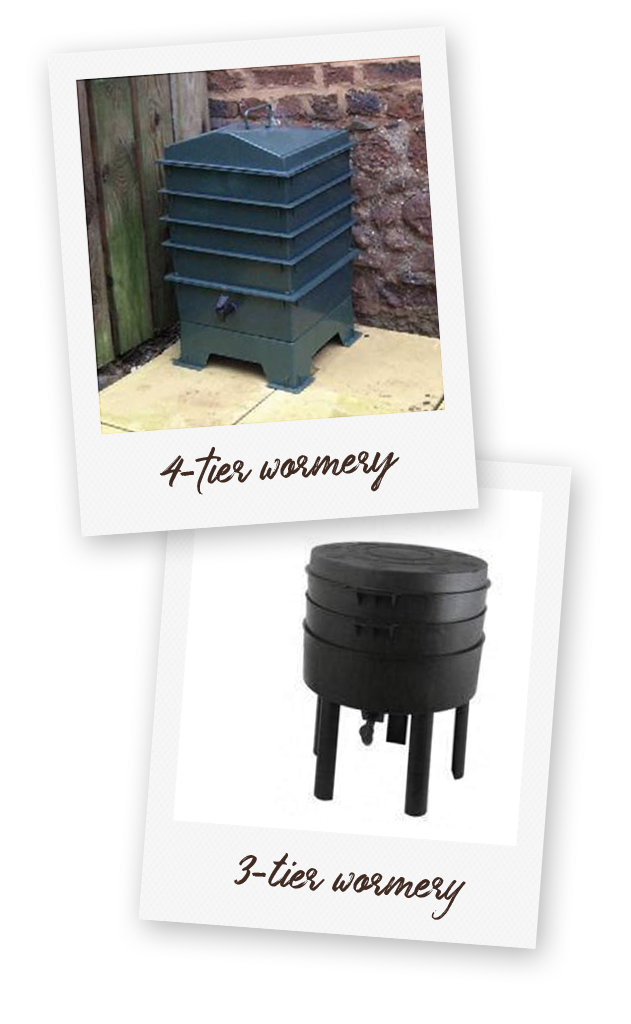
Wormery
Wormeries vary in price, costing generally £60-£80 with worms included, but some fancy designs can cost double that. You can also build a wormery yourself and either buy the worms separately or get them from someone with a compost.
Suitable for: Any kind of outside space, balconies, even indoors.
What to put in: Most kitchen waste.
Maintenance: Add small quantities of kitchen waste at a time and bury it in the wormery bedding. Regularly tap off the excess liquid, which is called leachate and makes a good fertiliser for your indoor and garden plants.
Pros: Makes excellent compost. You can put in most kitchen waste. Fits into a small space.
Cons: You can only add in a small amount of waste at a time. The whole container needs to be emptied when the content is ready for use.
Bokashi
The Bokashi is an airless fermentation system where food waste breaks down with the help of added bran that has microorganisms in it. Two Bokashi bins with the bran cost around £50. When you need to buy more bran, it will cost you around £10.
Suitable for: Indoor use but contents will need to be emptied to an outdoor compost, such as a dalek.
What to put in: All kitchen waste.
Maintenance: You need to chop up waste that goes in, sprinkle it with Bokashi bran and press it down.
Pros: Small size. Fits indoors. Takes all waste.
Cons: You need to chop up the waste. You will need another compost where Bokashi contents get emptied. You have to buy the Bokashi bran.
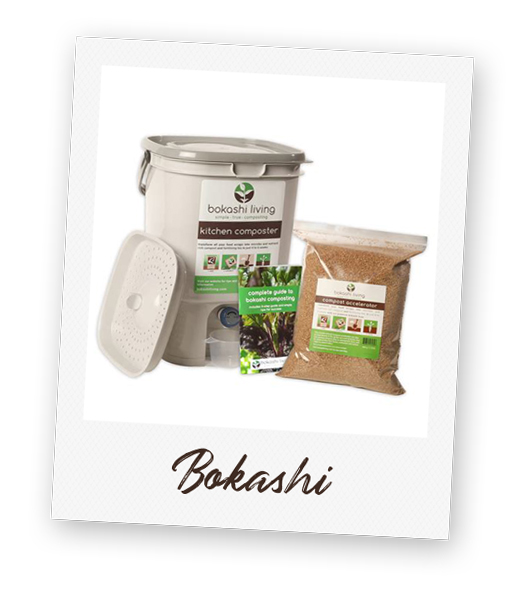

Green Johanna
Our favourite! Costing at around £110, the Green Johanna is a moderate investment but well worth it. It is a very efficient hot composting system. You can put all kitchen and garden waste in.
Suitable for: Gardens of all sizes.
What to put in: Any kitchen waste, including cooked food, raw or cooked meat, dairy, and garden waste, including weeds and their roots and seeds.
Maintenance: When you add kitchen waste, you also need to top it up with garden waste. Needs regular aerating using the implement supplied with the compost.
Pros: Efficiently composts everything. Easy to maintain.
Cons: You must have a supply of garden waste, which is an essential part of getting the mix right.
FAQ—Frequently Asked Questions
The argument against cooked food in a compost is due to the fact that it attracts rats. Only put cooked food in a rodent-proof (closed) compost system. Open heaps and dalek bins will not be rodent proof, unless you make them so with weldmesh. Don’t use chicken wire — rats gnaw through it with no problems.
Your compost should have an earthy odour, which is not unpleasant. If there is a nasty smell, it is usually because your compost is too wet. Besides the smell, you can tell the compost is too wet if the material in it is stuck together in big, dense clumps. You need to mix in dry material, such as ripped up egg boxes, cardboard, paper, woodchip or straw. With compost heaps and dalek bins, you must also make sure you turn your compost regularly. Green Johanna needs to be aerated regularly with the implement that comes with it.
Rats are attracted by cooked food and meat. Therefore, add these materials to appropriate (enclosed) compost systems only. Don’t add them to dalek bins and open heaps.
Links
For various types of composting systems, equipment and worms:
Organic Gardening Catalogue
Original Organics
